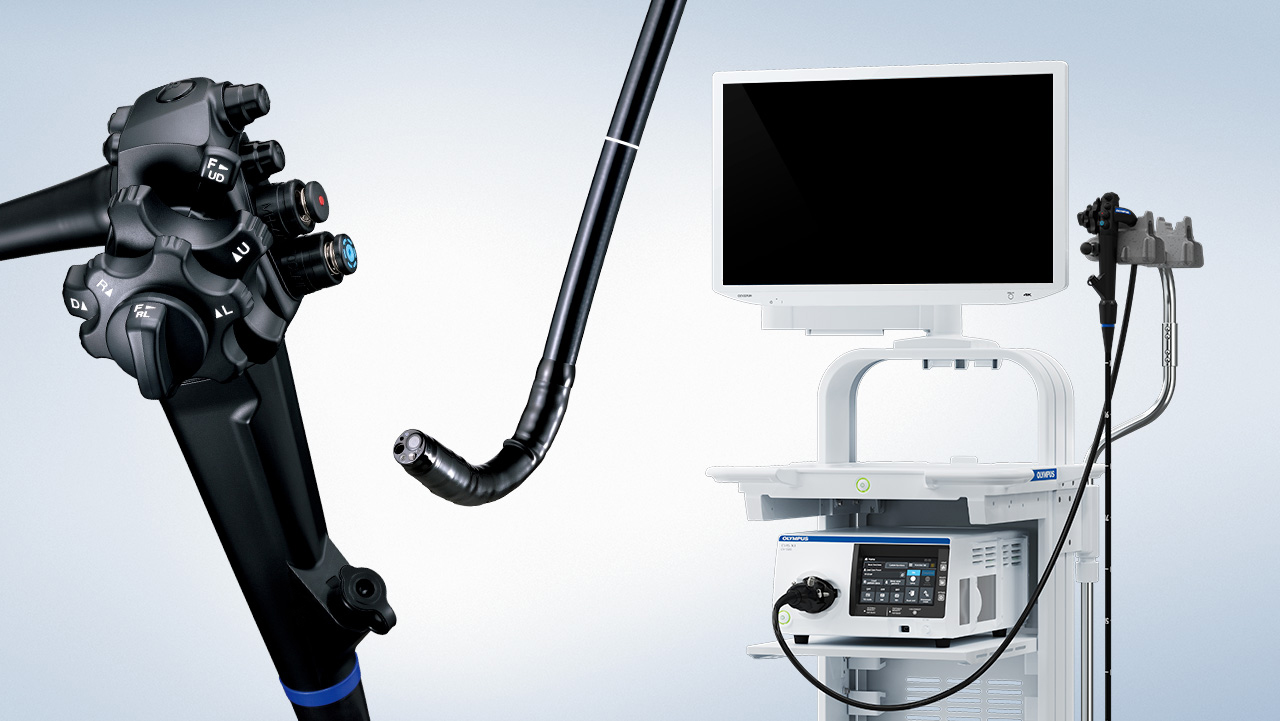HYPERPLASTIC GASTRIC POLYP

• A small hyperplastic gastric polyp is usually asymptomatic unless it is located near the pylorus, causing gastric outlet obstruction or anemia due to recurrent prolapse into the duodenal bulb. More often, a hyperplastic polyp in children is single, sessile, less than 1 cm in length and located in the antrum or the proximal aspect of the enlarged fold of the cardia (Figure)
• It is not considered as premalignant
• Endoscopic polypectomy is indicated only if the patient is symptomatic or the polyp is bigger than 1 cm and ulcerated. Endoscopic surveillance after polypectomy is unnecessary if the diagnosis of hyperplastic polyp is confirmed histologically
.jpg)
• Multiple hamartomas of the stomach in a patient with Peutz-Jeghers syndrome. Biannual surveillance endoscopy with polypectomy of polyps 10mm or bigger is indicated
• Hamartoma in the duodenum. These lesions are usually multiple and required repeat polypectomies. The risk of complication is proportional to the size of the polyp. Surgery should be considered in a patient with polyps of 4cm or bigger to avoid severe bleeding or perforation
The presence of multiple gastric polyps is the sign of polyposis syndrome. In children with Gardner’s syndrome, small sessile polyps are usually located in the gastric fundus. In general- ized juvenile polyposis or Peutz-Jeghers syn- drome, gastric polyps may be dispersed throughout the stomach (Figure 5.61). The polyps could be removed in one or several endoscopic sessions. Sometimes, the number of polyps precludes a complete eradication. In these cases, the largest polyps should be removed. In children with Peutz- Jeghers syndrome, gastric polyps coexist with multiple hamartomas in the duodenum or proximal jejunum (Figure 5.62). Some of these polyps could be quite large, reaching 4 or 5cm. Such polyps are the common cause of chronic small bowel intussusceptions and the leading cause of intermittent abdominal pain. Polypectomy of these hamartomas is a technically challenging procedure, and carries a high risk of severe arterial bleeding and perforation
Related posts
- Forrest classification for ugib - 03-05-2021
- Dieulafoy’s lesion - 29-04-2021
- Henoch-schonlein purpura - 04-05-2021
- Crohn’s desease - 03-05-2021
- Pertrophic pyloric stenosis (hps) - 03-05-2021
- Lymphangiectasia (lae) - 03-05-2021
- Celiac sprue - 04-05-2021
- Lymphoproliferative - 03-05-2021
- Gastric Tumors - 03-05-2021
- Gastric foreign bodies - 03-05-2021
-

Self-design suction tool
20-05-2021 -

Removing phytobenzoar in Pig's stomach
20-05-2021 -

Remove twisting of the pig colon
04-05-2021 -

Pig stomach endoscopy
04-05-2021
-

Management of Ingested Foreign Bodies in Children: A Clinical Report of the NASPGHAN Endoscopy Committee
28-04-2021 -

Management of Familial Adenomatous Polyposis in Children and Adolescents: Position Paper From the ESPGHAN Polyposis Working Group
28-04-2021 -

Pediatric Colonoscopic Polypectomy Technique
28-04-2021 -

Gastrostomy Placement in Children: Percutaneous Endoscopic Gastrostomy or Laparoscopic Gastrostomy?
28-04-2021







